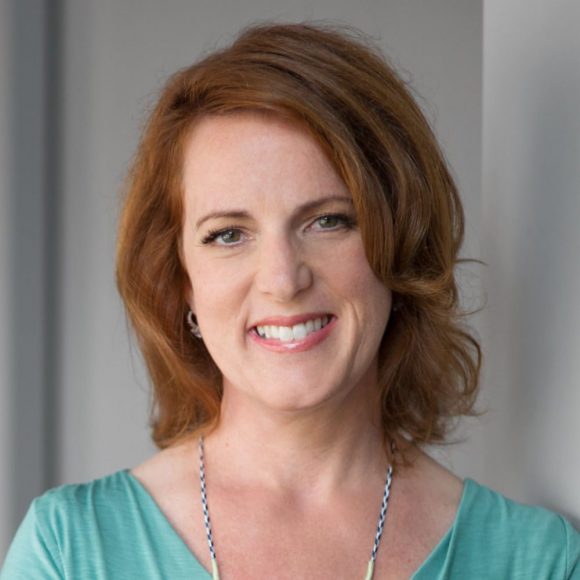Jan 21, 2016
Let Your People Disrupt, and Your Company Will Too
6x higher. 20x greater.
This is what the theory of disruption suggests will happen when you pursue a disruptive course:
Your odds of success will be 6x higher, your revenue opportunity 20x greater.
There are volumes of research indicating that this is true for companies, countries, products and services. But the fundamental unit of disruption is the individual. The best way to drive corporate innovation is through personal disruption. Whether starting-up, scaling-up, going public, acquiring new assets, being courted as someone else’s new asset, downsizing, etc., you are encountering inevitable disruption. The question is will you be overwhelmed by it, simply cope with it, or harness its power and unpredictability to propel you upward?
One of the best ways to understand its unpredictability is the S-curve model developed by Everett M. Rogers in 1962. Just as the S-curve helps us gauge how quickly an innovation will be adopted, it helps us deal with the seemingly unpredictable time delays of disruption. At the outset of any new endeavor, growth will be quite slow. As you put in the hours of deliberate practice (think the 10,000-hr rule), you move into the sleek, steep back of the curve. With your increasing competence comes confidence. As you approach mastery, things will now come easily, but you’ll no longer enjoy the feel good effects of learning. If you don’t jump or aren’t allowed to jump to a new curve, your plateau becomes a precipice.
Both companies and individuals that successfully navigate successive cycles of learning and mastery that resemble this S-curve model will have a competitive advantage in an era of frequent disruption. Indeed, an in-depth study conducted by Accenture indicates that high-performing companies that surpass their peers on financial metrics across business cycles and leadership eras are those that develop capabilities before they’re needed. Staying ahead of the curve is truly the key to success.
When Brad Stevens disrupted his career at Eli Lilly to volunteer in the Butler basketball office, no one would have predicted that he would become their head coach, leading the team to two consecutive National Championship games, on his way to becoming head coach of the Boston Celtics. Without managers willing to take risks, Stevens’ leap could have been a crash. Instead it’s a rocket. ‘Butler’ didn’t disrupt itself; individuals inside the organization did, to Butler’s great competitive advantage in many ways: athletics, finances, raised enrollment profile, etc.
A corporation is like an anthill or beehive. It’s a shell, animated by the busy-ness of the workers within. Without those individuals it’s nothing; no new tunnels are dug, no new honeycomb created. Likewise, innovation at the corporate level is the product of change at the individual level. Let your people disrupt, and your company will too.
Whitney Johnson is a leading thinker on driving innovation via personal disruption, and the co-founder of a boutique investment firm with Clayton Christensen. Contact BigSpeak Speakers Bureau for more information: info@bigspeak.com (805) 965-1400.
Speaker
Tags

 Whitney Johnson
Whitney Johnson